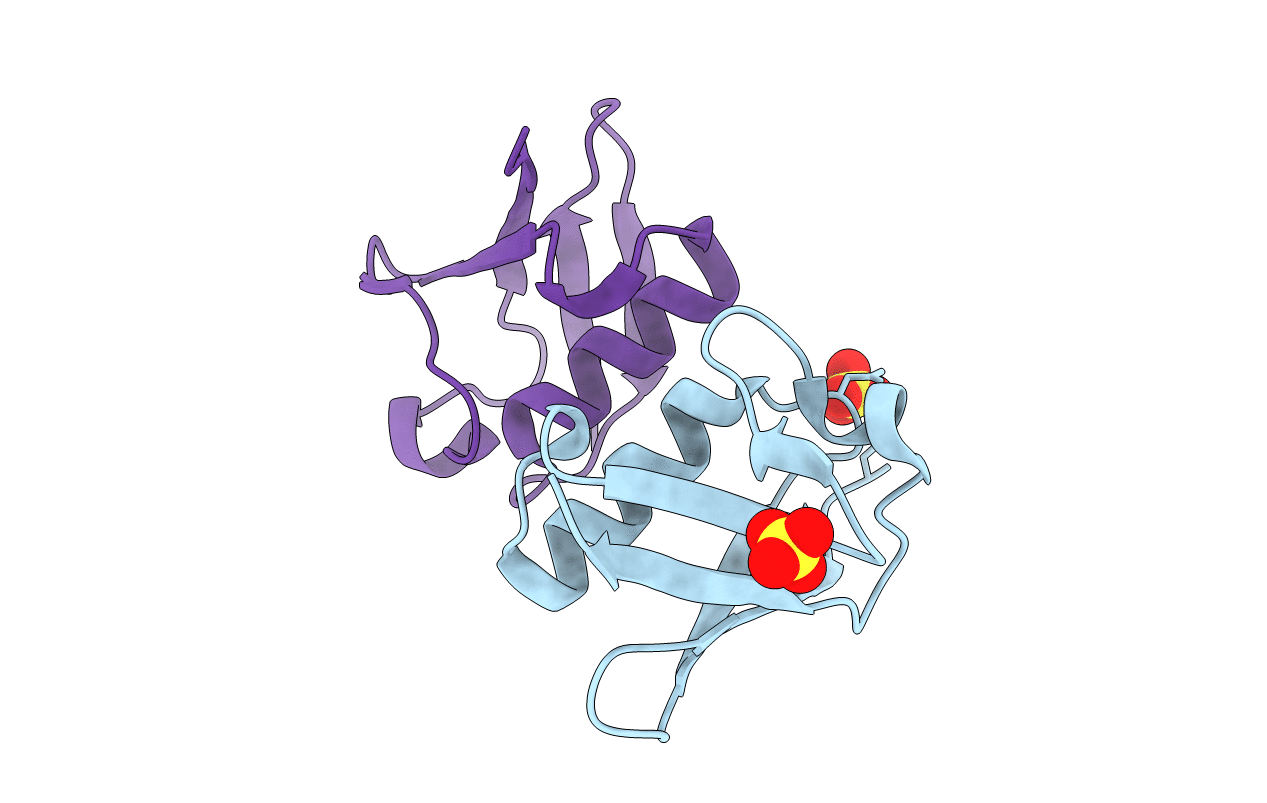
Deposition Date
2012-08-28
Release Date
2012-12-12
Last Version Date
2023-09-13
Entry Detail
PDB ID:
4GSW
Keywords:
Title:
Crystal structure of ubiquitin from Entamoeba histolytica to 2.15 Angstrom
Biological Source:
Source Organism:
Entamoeba histolytica (Taxon ID: 5759)
Host Organism:
Method Details:
Experimental Method:
Resolution:
2.15 Å
R-Value Free:
0.25
R-Value Work:
0.19
R-Value Observed:
0.19
Space Group:
P 21 21 21


